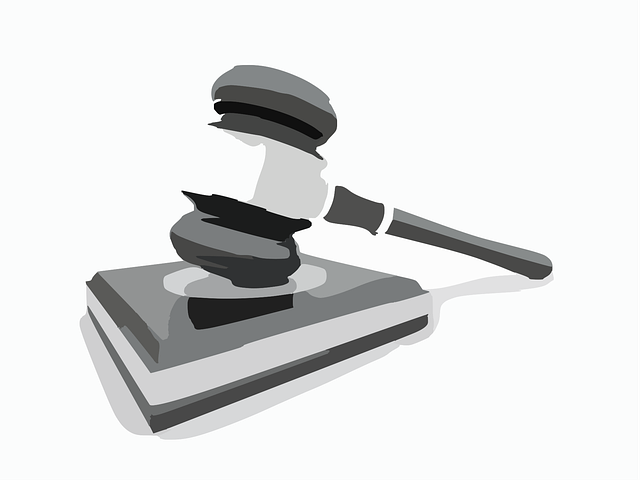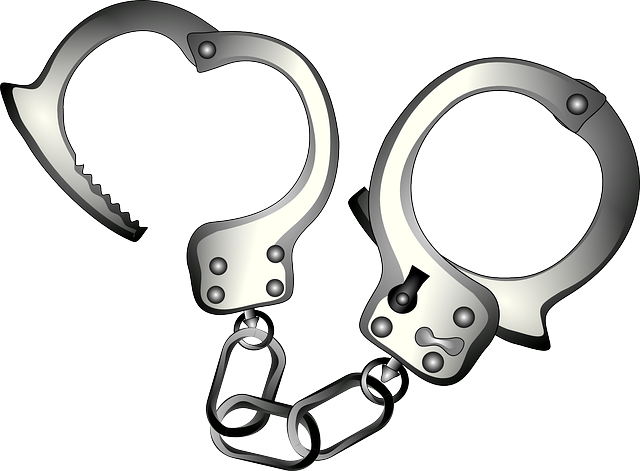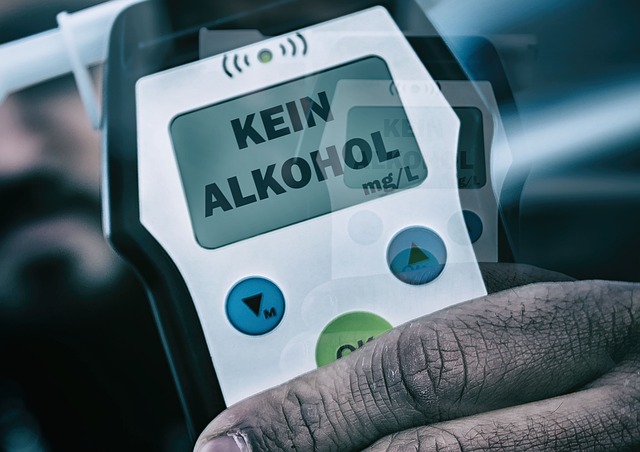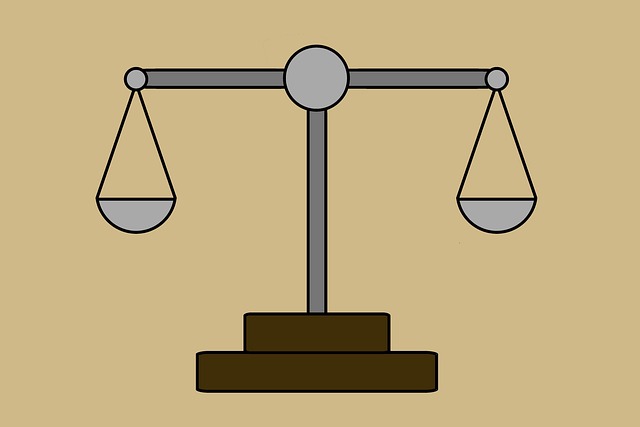Youth justice emphasizes adapting the legal system to cater to adolescents' unique needs, focusing on their development and rehabilitation. Fair treatment ensures unbiased enforcement of laws like Vehicle Safety Features and DUI legislation, protecting young drivers and promoting road safety. Advanced technologies such as automatic emergency braking and drunk driver detection sensors, integrated with strict DUI laws targeting minors, aim to deter underage drinking and driving while enhancing passenger safety and responsible driving habits.
Youth justice and fair treatment are essential aspects of any society striving for equality. This article explores these critical themes, focusing on ensuring young people receive just and safe outcomes. We delve into understanding youth justice and the unique considerations surrounding fair treatment. Key areas of discussion include vehicle safety features designed to protect young drivers, as well as the role of DUI (underage drinking and driving) laws in mitigating risks. By examining these aspects, we aim to highlight comprehensive strategies for fostering a more equitable and secure environment for youth.
- Understanding Youth Justice and Fair Treatment
- Vehicle Safety Features: Protecting Young Drivers
- DUI Law: Addressing Underage Drinking and Driving
Understanding Youth Justice and Fair Treatment

Youth Justice and Fair Treatment go hand in hand when it comes to ensuring a level playing field for young individuals, especially in legal contexts. Understanding youth justice involves recognizing that the justice system should be tailored to meet the unique needs of adolescents, focusing on their development, rehabilitation, and reintegration into society. This approach aims to address the root causes of delinquent behavior while promoting positive growth.
Fair treatment, in this regard, emphasizes the application of laws and regulations without bias or discrimination. For instance, when considering Vehicle Safety Features and DUI Law, it’s crucial to ensure that young drivers are not unfairly targeted or penalized. Fair justice means implementing measures that educate and protect young motorists while offering equitable consequences for violations, promoting road safety for all.
Vehicle Safety Features: Protecting Young Drivers
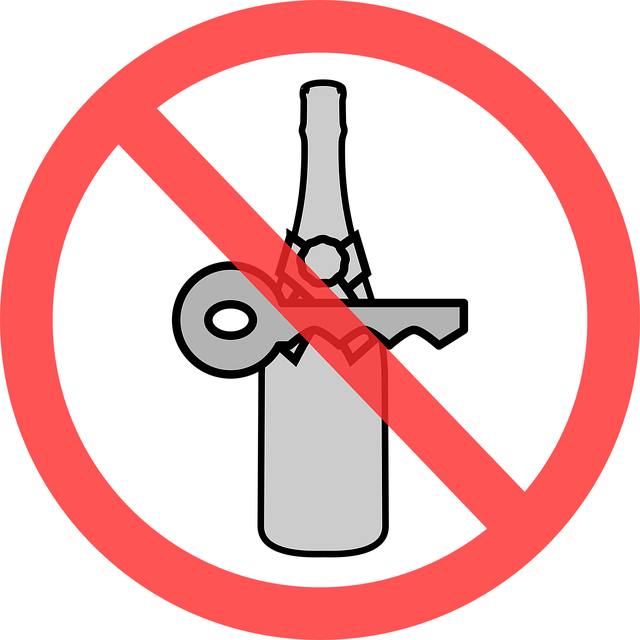
Young drivers, a vulnerable group on the road, face unique challenges in ensuring their safety. Implementing robust vehicle safety features is pivotal to safeguard them from severe injuries or fatalities. Advanced technologies such as automatic emergency braking, lane-keeping assist, and blind-spot monitoring have proven effective in preventing accidents and mitigating risks. These systems can detect potential hazards and take corrective actions, offering a layer of protection that complements their lack of driving experience.
Moreover, integrating these safety features with strict DUI (Driving Under the Influence) laws is essential. Many jurisdictions are adopting policies that mandate advanced driver-assistance systems (ADAS) in new vehicles, setting benchmarks for improved road safety. By combining stringent legislation and cutting-edge vehicle safety features, societies can foster a culture of responsible driving, ensuring young drivers’ well-being on the roads.
DUI Law: Addressing Underage Drinking and Driving

Underage drinking and driving, often referred to as a DUIs (Driving Under the Influence), is a significant concern in youth justice. This issue highlights the critical need for a balanced approach that addresses both public safety and the fair treatment of young people. The introduction of stringent DUI laws targeting minors is a step towards tackling this problem head-on. These laws often include strict penalties, license suspensions, and mandatory education programs to deter underage drinking and driving.
Vehicle safety features play a pivotal role in mitigating the consequences of DUIs. Modern vehicles equipped with advanced technologies such as airbag systems, anti-lock braking (ABS), electronic stability control (ESC), and drunk driver detection sensors can significantly enhance passenger safety. By integrating these features into their vehicles, parents and guardians can instill a culture of responsibility and encourage young drivers to prioritize safety, thereby reducing the risks associated with underage drinking and driving.
In ensuring fair treatment within youth justice, it’s crucial to balance accountability with support. By implementing effective strategies like enhanced vehicle safety features to protect young drivers and stringent DUI laws to address underage drinking and driving, we can foster a more just and safe environment for our youth. These measures not only safeguard our roads but also serve as powerful tools in redirecting at-risk individuals towards positive growth and responsible citizenship.

